Suckers on Tomato Plants: What You Need to Know
- March 20, 2024
- 0 comment
Master the art of tomato cultivation by understanding and managing suckers on tomato plants. Learn how to identify, when to remove, and pruning techniques for determinate and indeterminate varieties for optimal fruit production.
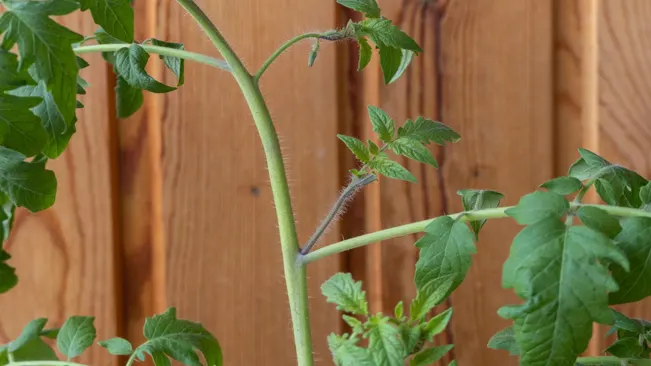
What are Tomato Suckers?
Tomato suckers are small shoots or stems that grow out of the joints where leaves attach to the main stem. Contrary to their name, these “suckers” don’t harm the plant by sapping its vitality. Instead, they have the potential to grow into productive stems bearing leaves, flowers, and fruits.
Growth and Development of Tomato Suckers
- Origin: Tomato suckers emerge from the axils – the angles between the main stem and the leaf branches. This is a natural growth point on many plants, not just tomatoes.
- Potential Growth: If left unchecked, these suckers can grow into full-sized branches, complete with their own leaves, flowers, and eventually, fruit. This means they can significantly increase the bushiness and overall size of the plant.
The Role of Suckers in Tomato Plant Health and Productivity
- Energy Distribution: While it’s a myth that suckers significantly drain energy from the main plant, they do change how energy and resources are distributed. More branches mean more leaves for photosynthesis, but also more structures to support and potentially more fruit to nourish.
- Light and Air Circulation: More branches from unpruned suckers can lead to a denser plant. This can reduce light penetration and air circulation within the plant, potentially increasing the risk of diseases like fungal infections.
- Fruit Production: Suckers themselves can bear fruit. This can be advantageous for yield but might lead to smaller fruits or longer times to maturity, especially if the plant becomes overburdened.
The Distinction Between Determinate and Indeterminate Tomatoes
Before pruning, it’s essential to know whether you’re dealing with determinate or indeterminate varieties, as this dictates your approach to suckers.
Determinate Tomatoes
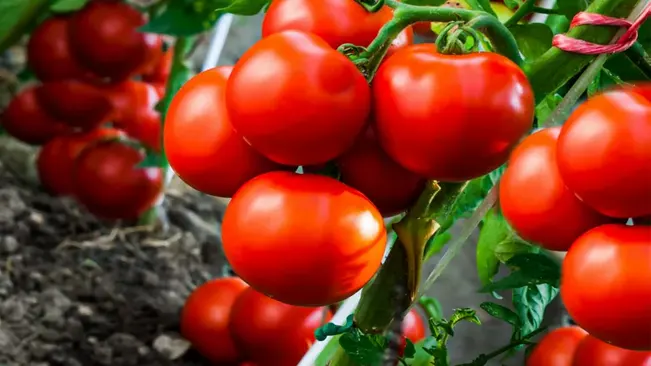
- Growth Pattern: Determinate tomato plants have a more bush-like growth habit and grow to a predetermined height. Once they reach this height, their vertical growth stops.
- Fruiting Habit: These plants typically set all their fruit at once. After the fruits are set, and the harvest period is over, the plant will begin to decline. This characteristic makes determinate tomatoes popular for canning and sauce-making, as they provide a large harvest in a short period.
- Pruning: Pruning suckers in determinate tomatoes is generally discouraged. Since these plants are genetically programmed to grow only to a certain size and produce a certain amount of fruit, removing suckers can actually reduce the overall yield. However, some minimal pruning, like removing lower leaves to improve air circulation and prevent soil-borne diseases, can be beneficial.
Indeterminate Tomatoes
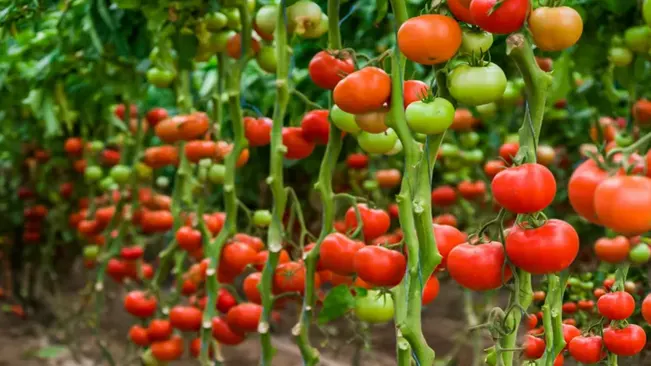
- Growth Pattern: Indeterminate tomatoes are more vine-like and continue growing in length throughout the growing season. This continuous growth can result in very tall plants, especially in regions with long growing seasons.
- Fruiting Habit: These plants produce fruit continuously over the entire season until killed by frost or another stopping point. This consistent production is ideal for gardeners who prefer a steady supply of tomatoes rather than a single large harvest.
- Pruning: Pruning is more common and beneficial for indeterminate tomatoes. By removing suckers, especially those that form below the first flower cluster, you can control the plant’s size, improve air circulation, and focus the plant’s energy on producing a more manageable number of larger, healthier fruits. Pruning also helps in keeping the plant more manageable, especially in smaller gardens or when growing tomatoes in containers.
Identifying and Removing Suckers on Tomato Plants
To identify a sucker, look at the joint where a leaf attaches to the main stem. The sucker will emerge from this joint. Here’s how you can manage them:
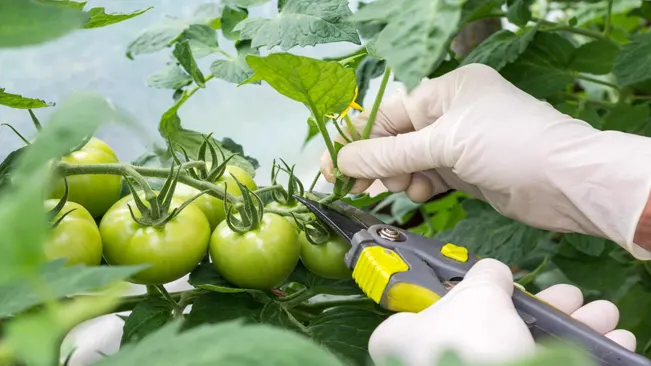
Identifying Tomato Suckers
- Location: Suckers typically grow in the axil, which is the area where a leaf branch connects to the main stem of the tomato plant.
- Appearance: Initially, a sucker looks like a small stem starting to grow out of the axil. It may have small leaves or begin to develop them.
- Growth Pattern: As you follow the main stem from the base of the plant upwards, each leaf will have a joint connecting it to the main stem. Suckers emerge from these joints.
Decision Making for Removing Suckers
- Plant Variety:
- Determinate Tomatoes: These varieties have a predetermined size and generally do not benefit much from sucker removal. In fact, over-pruning can reduce yield.
- Indeterminate Tomatoes: These varieties keep growing and producing. Pruning suckers can help control size, improve air circulation, and direct more energy into fruit production.
- Gardening Goals:
- Size Management: If space or support structures are limited, controlling plant size by removing suckers can be beneficial.
- Airflow and Disease Control: In dense foliage, pruning can improve airflow and reduce disease risk.
- Fruit Size and Quality: More focused energy on fewer stems can lead to larger, higher-quality fruits.
Pruning Strategies
Lower Stem Pruning
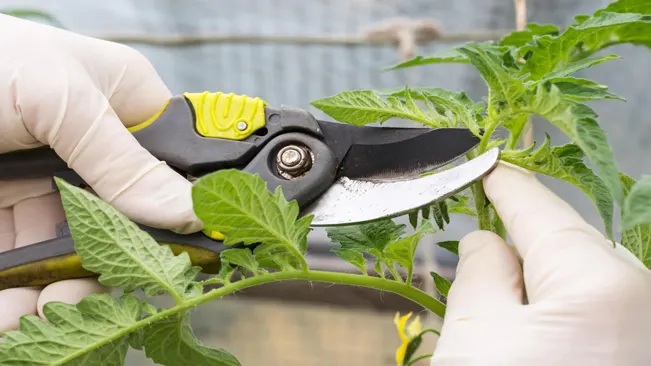
- Purpose: The primary goal of lower stem pruning is to prevent soil-borne diseases and improve air circulation around the base of the plant. Diseases often originate in the soil and can be splashed onto lower leaves during watering or rain. By keeping the lower stem clear, you reduce this risk.
- How to Do It: This involves removing suckers and leaves from the bottom 12 inches (approximately a foot) of the tomato plant. When these lower leaves are removed, there’s less chance for soil to splash onto the leaves, reducing the risk of fungal diseases like early blight or septoria leaf spot.
- Timing: Begin this process when the plant is about 1 to 2 feet tall and continue as it grows. It’s often done in the early stages of growth, but can be continued throughout the season as needed.
- Technique: Use your fingers to pinch off small suckers. For larger suckers or leaves, use clean, sharp pruning shears to avoid damaging the plant.
Selective Pruning
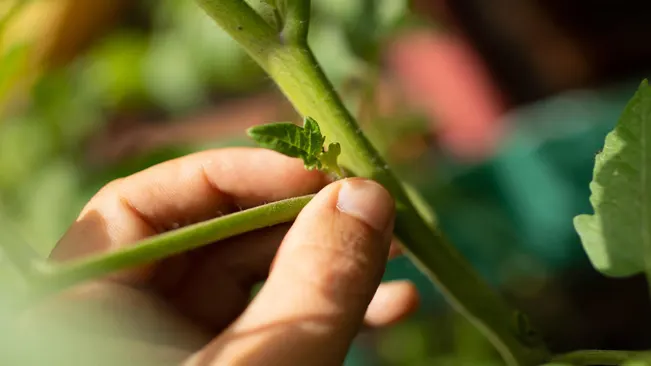
- Purpose: Selective pruning is primarily used with indeterminate tomato plants to control the size and shape of the plant, direct energy to fruit production, and ensure good air circulation and sunlight penetration.
- Decision Making: This involves deciding which suckers to keep and which to remove. In some cases, you might want to allow a sucker to grow into a secondary stem for more fruit production. In others, removing the sucker can help focus the plant’s energy on the existing stems and fruit.
- Strategies:
- Single Stem: This approach involves removing all suckers, leading to a plant with only one main stem. It’s ideal for small spaces or growing in containers.
- Multiple Stems: Allowing one or more suckers to grow into additional main stems can increase fruit yield. However, more stems mean more foliage, which can lead to reduced air circulation and increased disease pressure.
- Technique: Regularly inspect your tomato plants, ideally once a week, and remove unwanted suckers. Smaller suckers can be pinched off by hand, while larger ones might require pruning shears.
- Balance: The key to successful selective pruning is finding the right balance. Too few stems might limit your yield, while too many can overcrowd the plant and lead to poor fruit quality and higher disease risk.
- Considerations: Keep in mind your growing conditions (like space, climate, and disease pressure) and the specific needs of your tomato variety. Some varieties might benefit from a bit more foliage to protect fruit from sunscald, while others might need more aggressive pruning for airflow.
A Personal Approach to Tomato Pruning
Every gardener has their style and preferences when it comes to tomato pruning. With experience, you may find a method that works best for you and your garden. For instance, using hydrogen peroxide for disease management can reduce the necessity of stringent pruning for airflow and disease control.
Propagating from Suckers
An interesting aspect of tomato suckers is their potential for propagation. Removed suckers can be placed in water to root and eventually grow into clones of the original plant, offering an efficient way to expand your tomato garden.
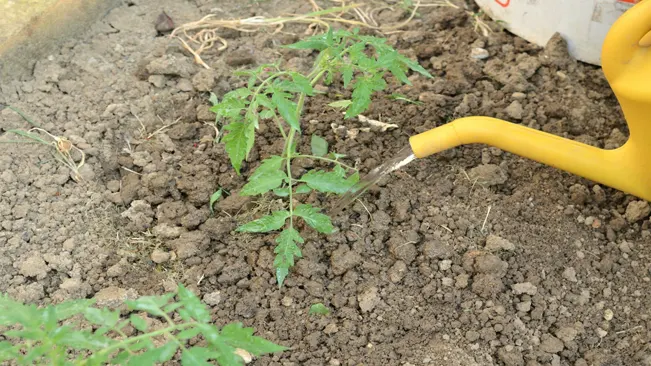
Steps for Propagating Tomato Plants from Suckers
- Selecting the Sucker: Choose a healthy sucker from the tomato plant. Ideally, it should be about 4-8 inches long. Look for suckers that are young and green, as they root more easily than older, woodier stems.
- Removing the Sucker: Gently twist and pull the sucker from the main plant, or use a clean, sharp pair of scissors or pruning shears. Make sure to make a clean cut to avoid damaging the parent plant and the sucker.
- Preparation: Remove the leaves from the lower half of the sucker. This area will be submerged in water, and removing the leaves prevents rot.
- Rooting in Water: Place the sucker in a glass or jar of water, ensuring that the leafless portion is submerged. Choose a spot with indirect sunlight for the jar. Change the water every few days to keep it fresh and reduce the risk of bacterial growth.
- Root Development: Within a week or two, you should start to see roots developing. Wait until the roots are a few inches long and have a healthy network of root hairs before planting.
- Planting: Once the roots are well developed, the sucker can be planted in soil. Choose a well-draining potting mix and a pot with adequate drainage holes, or plant it directly in your garden. Plant the rooted sucker at the same depth it was in the water.
- Aftercare: Water the newly planted sucker well and keep the soil consistently moist as it establishes itself. Provide support for the growing plant, such as a stake or cage, to ensure it can bear the weight of its fruits.
- Acclimatization: If you rooted your sucker indoors, acclimatize it to outdoor conditions gradually before planting it in the garden. This process, known as hardening off, helps the plant adjust to the sunlight, temperature fluctuations, and wind outdoors.
Benefits of Propagating Tomato Suckers
- Cost-Effective: Propagating from suckers is a free way to grow more tomato plants.
- Consistency: The new plants will be genetically identical to the parent, ensuring consistent fruit quality and plant behavior.
- Quick Harvest: Plants grown from suckers often reach maturity and produce fruit faster than those grown from seeds.
- Resourcefulness: Using suckers, which are often pruned and discarded, maximizes the productivity of your tomato plants.
Related Post:
- How to Fertilize Tomatoes: Advanced Techniques for First-Time Gardeners
- Learn How to Grow Vegetables in a Greenhouse: Tips And Tricks
- How to Master Tomato Gardening: From Seed to Table
Conclusion
Managing tomato suckers is an integral part of tomato cultivation, influencing the health and productivity of your plants. By understanding the difference between determinate and indeterminate varieties and mastering the identification and pruning of suckers, gardeners can optimize their tomato plants’ growth and fruit production. Remember, pruning is not just about plant maintenance; it’s about understanding and working with the natural growth patterns of your tomatoes to achieve a bountiful harvest.
FAQs (Frequently Asked Questions)
- What are tomato plant suckers?
Tomato suckers are small shoots that grow out of the axil, which is the joint between the main stem and the leaves. They can potentially turn into full-fledged branches, producing leaves, flowers, and fruits. - Why are they called “suckers”?
They are called “suckers” because it was once believed that they sapped energy from the main plant, although this is not entirely accurate as they can also be productive. - What is the difference between suckers on determinate and indeterminate tomato plants?
On determinate tomato plants (which grow to a set height and then stop), suckers usually don’t need to be pruned and can contribute to fruit production. On indeterminate plants (which continue growing), pruning suckers can help manage plant size and focus energy on fruit production. - How do you identify a sucker on a tomato plant?
A sucker grows in the axil, where a leaf branch meets the main stem. It looks like a small stem beginning to grow leaves. - Is it always necessary to remove suckers?
No, it’s not always necessary. Whether you remove a sucker depends on the tomato variety and your gardening goals, like size management and fruit yield. - How does removing suckers affect a tomato plant?
Removing suckers from indeterminate plants can direct more energy into fruit production and can also help with airflow and disease prevention. On determinate plants, excessive removal of suckers can actually reduce the fruit yield. - Can suckers be used to propagate new tomato plants?
Yes, suckers can be rooted in water or soil to grow new, genetically identical tomato plants. - When is the best time to remove suckers from tomato plants?
It’s best to remove suckers when they are small, about 2-4 inches long, to minimize stress on the plant. - Can leaving too many suckers on a tomato plant be harmful?
On indeterminate plants, too many suckers can lead to an overly bushy plant, which can reduce airflow and sunlight penetration, potentially leading to disease and lower quality fruit. - What’s the best way to remove a sucker from a tomato plant?
The best way is to gently pinch them off with your fingers when they are small. For larger suckers, pruning shears can be used to make a clean cut.

Kristine Moore
Forestry AuthorI'm Kristine Moore, a seasoned garden landscaping professional with over 30 years of experience. My extensive career has been dedicated to transforming outdoor spaces into stunning, sustainable landscapes. With a deep understanding of horticulture, design principles, and environmental stewardship, I have become a respected figure in the field, known for creating harmonious, visually appealing, and eco-friendly gardens. My commitment to excellence and continuous learning in landscaping trends and techniques has solidified my reputation as an expert in garden design and implementation.

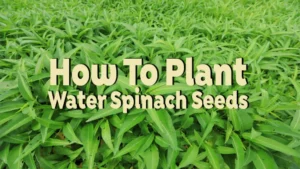


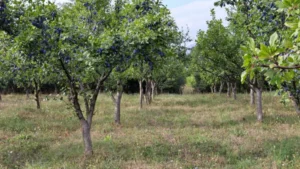


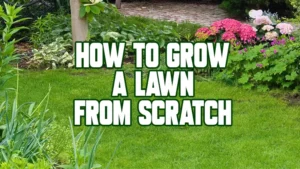




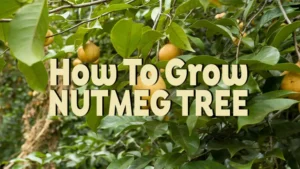
Leave your comment